RFID cards have become indispensable tools for access control, payment systems, inventory management, and more. However, not all RFID cards are created equal. The material used in their production plays a pivotal role in determining their durability, functionality, and suitability for specific environments. At UNIRFID, we specialize in manufacturing high-quality RFID cards using ROHS-certified materials like PVC, PET, PETG, and Paper—each tailored to meet diverse client needs.
In this comprehensive guide, we’ll explore the unique properties of these materials, their ideal applications, and how UNIRFID ensures your RFID solutions align with both performance and sustainability goals.

Why Does RFID Card Material Matter?
RFID cards are exposed to varying conditions—extreme temperatures, moisture, physical wear, and even chemical exposure. Selecting the right material ensures:
-
Longevity: Resistance to cracking, warping, or fading.
-
Functionality: Consistent performance in harsh environments.
-
Sustainability: Eco-friendly options for green initiatives.
-
Compliance: Adherence to safety and regulatory standards.
UNIRFID’s ROHS-certified materials guarantee safety, quality, and environmental responsibility, making us a trusted partner for industries worldwide.
1. PVC: The Industry Standard for Versatile RFID Cards
Why PVC?
Polyvinyl Chloride (PVC) is the most widely used material in RFID card production—and for good reason. Its balance of affordability, durability, and flexibility makes it ideal for everyday applications.
Key Advantages:
-
Cost-Effective: Perfect for large-scale deployments (e.g., employee ID cards, membership cards).
-
Durable: Resists scratches, water, and general wear.
-
Customizable: Easily printed with logos, designs, or security features.
-
Wide Compatibility: Works seamlessly with RFID inlays and chips.
Applications:
UNIRFID’s PVC Commitment:
We use premium-grade PVC that meets ROHS standards, ensuring no harmful substances like lead or phthalates. Our cards withstand daily use while maintaining a professional finish.
2. PET & PETG: High-Temperature Champions
For industries requiring RFID cards to perform under extreme conditions, PET (Polyethylene Terephthalate) and PETG (PET Glycol-modified) are game-changers.
PET: Durability Meets Heat Resistance
-
Temperature Tolerance: Stable in environments up to 150°C (302°F).
-
Rigid Structure: Resists bending and cracking.
-
Chemical Resistance: Ideal for labs or manufacturing plants.
Applications:
-
Industrial tracking in factories
-
Healthcare sterilization tags
-
Automotive part identification
PETG: Flexibility + Heat Resistance
PETG retains PET’s heat resistance but adds flexibility, making it less brittle.
Applications:
-
Outdoor event passes
-
Medical device tracking
-
Theme park passes
Why Choose UNIRFID’s PET/PETG Cards?
Our advanced PET and PETG cards undergo rigorous testing to ensure they deliver unmatched performance in high-stress environments.
3. Paper: The Eco-Friendly RFID Solution
As sustainability becomes a priority, paper-based RFID cards are gaining traction.
Benefits of Paper RFID Cards:
-
Biodegradable: Reduces plastic waste and carbon footprint.
-
Soft & Lightweight: Comfortable for wallets or lanyards.
-
Customizable: Ideal for short-term events or promotional campaigns.
Applications:
UNIRFID’s Sustainable Approach:
Our paper cards use recycled materials and soy-based inks, aligning with global green initiatives without compromising RFID functionality.
4. PETG: The Hybrid Performer
While PETG shares similarities with PET, its glycol content enhances clarity and flexibility. It’s a favorite for:
-
Custom-Shaped Cards: Die-cut designs for branding.
-
Outdoor Use: Resists UV rays and moisture.
-
Medical Tags: Withstands frequent sterilization.
Material Comparison: Which One Fits Your Needs?
| Material |
Best For |
Temperature Range |
Eco-Friendly? |
| PVC |
Daily use, budget-friendly |
-20°C to 60°C |
No |
| PET |
High-heat environments |
Up to 150°C |
Recyclable |
| PETG |
Flexible, outdoor use |
Up to 70°C |
Recyclable |
| Paper |
Short-term, eco-goals |
-10°C to 50°C |
Yes |
Why UNIRFID Stands Out
-
ROHS-Certified Materials: Guarantee safety and compliance.
-
Custom Solutions: Tailor thickness, finish, and embedded chips.
-
Global Reach: Fast production and shipping worldwide.
-
Expert Support: Guidance on material selection and design.
Case Study: Choosing the Right Material
A automotive manufacturer needed RFID tags for engine part tracking. UNIRFID recommended PET-based cards for their heat resistance (surviving up to 140°C in assembly lines) and chemical durability. The result? A 30% reduction in mislabeled parts.
Conclusion: Partner with UNIRFID for Smart RFID Solutions
Whether you prioritize cost, durability, sustainability, or high-temperature performance, UNIRFID has the expertise and materials to deliver. Our ROHS-certified PVC, PET, PETG, and paper RFID cards are engineered to exceed expectations—today and tomorrow.
Ready to Optimize Your RFID Card Performance?
Contact UNIRFID today to discuss your project. Let’s build a solution that’s as unique as your needs!

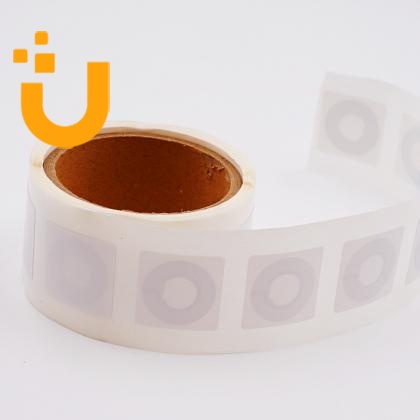
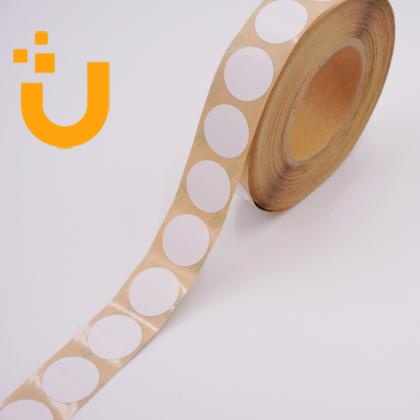
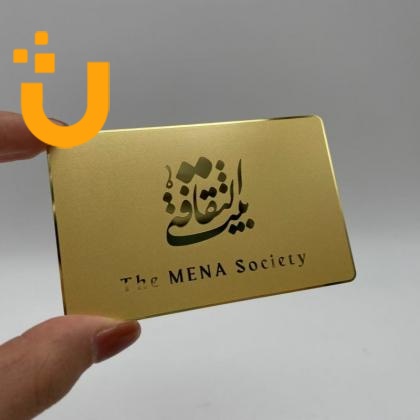
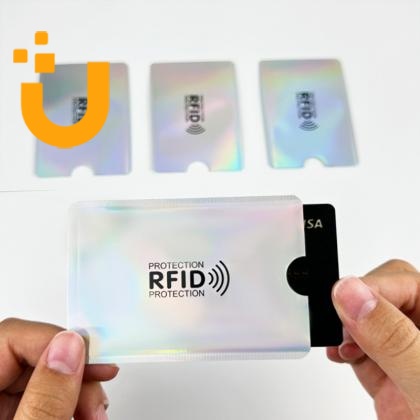
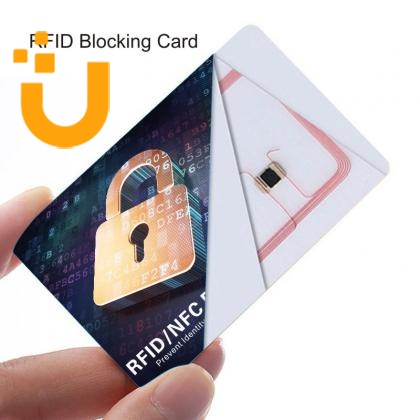





 IPv6 network supported
IPv6 network supported